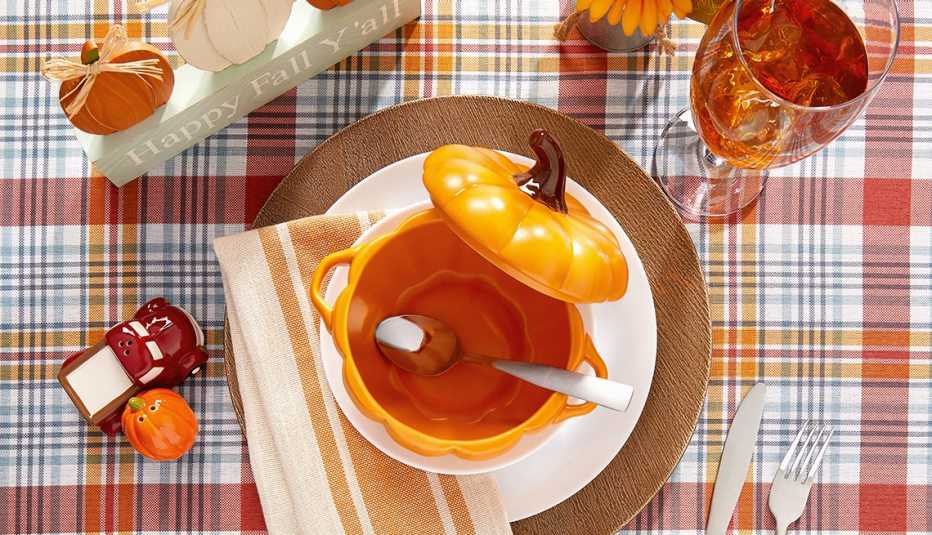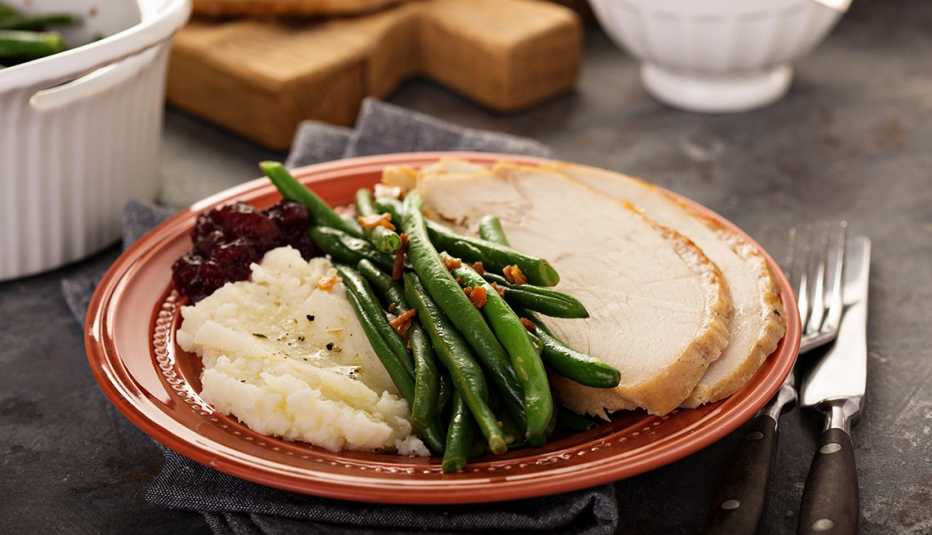Staying Fit
A spike in coronavirus cases and increased social distancing restrictions are colliding with fall and winter celebrations, making it a challenge to find everything on holiday shopping lists.
With a fresh wave of COVID-19 on the rise, retailers are starting to see empty shelves and are putting purchasing limits on in-demand items like toilet paper, cleaning products and hand sanitizer. But many aren't yet seeing the panic buying of early spring, when coronavirus worries left store shelves bereft of all sorts of items like yeast, flour, chicken and cans of tuna.


AARP Membership— $12 for your first year when you sign up for Automatic Renewal
Get instant access to members-only products and hundreds of discounts, a free second membership, and a subscription to AARP the Magazine.
When it comes to holiday items, grocers made their purchasing decisions months ago, but they may not have predicted consumer demand accurately, experts say. “Most grocers [bought stock] before anyone thought the restrictions brought on by the pandemic would last into the fall and winter months,” says Jim Dudlicek, director of communications and external affairs for the National Grocers Association.
COVID-19 has altered consumers’ buying behavior, says Daniel Stanton, author of Supply Chain Management for Dummies and a professor at Bradley University. “If a lot of people change their habits, even a little, it can throw off the supply side of the equation,” he says.
To combat this, Stanton advises that consumers not overbuy or hoard. By “making a conscious effort not to stress the supply chain there's a better chance it will be able to function properly,” he says.
And with careful planning, flexibility and a calm attitude, you should be able to find what you need for the holidays.




































































